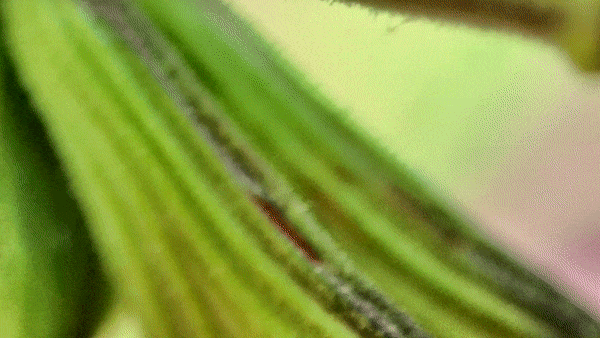Hello folks who wonder if every problem in the future will be blamed on climate change,
What is the only thing that gives most people a reason to live despite them having a terrible job and a toxic relationship with their friends and family?
I don't really care what answer you give because the right answer is social media. Now, social media is great for a number of reasons, but the prime reason most people use it is because it is FREE! FREE! FREE! Despite consumers not paying in US Dollars or Bitcoin, they still end up paying with their behavioral, preference and demographic data which in turn is sold to other companies so they can sell targeted ads. At this point, you might be outraged and want to get out on the street and protest. Let me stop you right there for a moment, so you get a chance to rethink your decision "Are you willing to give away those 25 likes on your post in exchange for seeing some ads about things you didn't know you always wanted?". That's right, please sit down and continue to scroll.
Plants need a way to send their genes to other plants to continue their legacy. Now, UPS and FedEx are pretty expensive for short distance shipments. So, they explored a way to get around it. Some crop plants like rice, corn, oats and Pine trees thought about leveraging a free service called "wind" for pollination. The problem is pollination with winds is not the most efficient option since it is not targeted. So, those plants invested their resources in creating large quantities of pollen to increase the probability of success. At the same time, some plants decided to invest in flowers to attract pollinators. Pollinators basically perform the same service as UPS or FedEx for a smaller fee i.e. nectar and pollen.
Now ask anyone to name some pollinators and people can't seem to shut up talking about Honeybees and Bumblebees. Oh, and Monarch Butterfly. But there is more to life than those usual suspects. Next time, you pay a visit to a California Poppy, take a closer look at the flower and you might see some tiny things moving.
These sesame seed sized insects are soft-winged flower beetles that like other pollinators also feed on nectar and pollen. These beetles are covered with pollen all over their bodies if you look closely, thus cross-pollinating other flowers they end up visiting later.
Next, let's talk about a tiny insect that people hate with a passion since they damage their plants. Ladies and Gentlemen, give it up for thrips (*no one applauds, one audience member coughs, everyone puts on their face mask). At first glance, this Mallow or Malva flower looks pretty innocent, but there is something nefarious happening on its flowers.
Thrips have different kinds of diets; some survive on plant juices while others eat parts of the plant or even pollen. The ones that will spend most of their time around pollen will be used as a pawn for cross-pollination without their consent. Below is a thrip struggling to get rid of all the unwanted pollen on its body.
Now, let's talk for a moment why that pollen on the Mallow flower is so sticky. When you look closely at these pollen grains, you see that it has spikes on its surface to increase the chance it will stick to unsuspecting pollinators and thus result in a successful pollination.
Starting a business is great, not just to fill your own pockets but also to create jobs that contribute to the prosperity of the society on the whole. Flowering plants do just that. Spiders know the fact that flowers are frequented by their meals, so all they need is to be present at the right place at the right time and they will be guaranteed a meal. Below is a jumping spider waiting for the next pollinator to show up on this flower for a quick snack.
To aid with this deceit, some spiders have evolved to have similar color to the flowers or leaves to camouflage themselves. Below is a Green Lynx Spider catching its pollinator meal on the California Pitcher Sage plant.
Flowering plants ensure that pollinators intentionally or unintentionally carry their pollen by having the pollen at the entrance of the flower so the pollinator has to brush against it before getting access to the nectar. Just like humans who accept any terms of conditions agreement that pops up on any app, these pollinators will also walk right into the flower without ever giving a second thought about why a flower would distribute free nectar.
Below is a pollinator getting out of the Baby Sage flower thinking it just got a free meal.
Not everyone plays by the rules though. There are some people who don't pay taxes and there are some pollinators who take all the benefit of getting the nectar without carrying any pollen. One of the signs that a nectar robber was there are tiny slits at the base of the flower.
So, what is happening you ask? Larger bees like Carpenter Bees are too large to enter a flower through the flower's natural opening owing to their size. But they, like the rest of us, suffer from FOMO (fear of missing out), so they figured out a way to get the nectar without entering the flower. They make a cut at the base of the flower, use their proboscis to sip the sweet nectar without any pollen grains being stuck on its clothing. "I am sorry but I have a date to go to next and can't afford to mess up my dress", it quips when asked why it indulges in nectar robbing.













No comments:
Post a Comment
Did you learn something new in this post? Let us know in the comments below